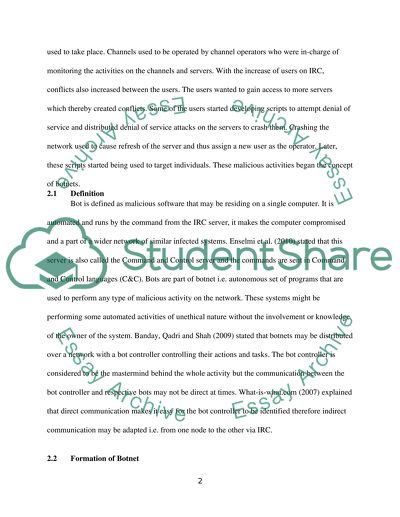Cite this document
(“BOTNETS Essay Example | Topics and Well Written Essays - 3500 words”, n.d.)
BOTNETS Essay Example | Topics and Well Written Essays - 3500 words. Retrieved from https://studentshare.org/miscellaneous/1571994-botnets
BOTNETS Essay Example | Topics and Well Written Essays - 3500 words. Retrieved from https://studentshare.org/miscellaneous/1571994-botnets
(BOTNETS Essay Example | Topics and Well Written Essays - 3500 Words)
BOTNETS Essay Example | Topics and Well Written Essays - 3500 Words. https://studentshare.org/miscellaneous/1571994-botnets.
BOTNETS Essay Example | Topics and Well Written Essays - 3500 Words. https://studentshare.org/miscellaneous/1571994-botnets.
“BOTNETS Essay Example | Topics and Well Written Essays - 3500 Words”, n.d. https://studentshare.org/miscellaneous/1571994-botnets.


